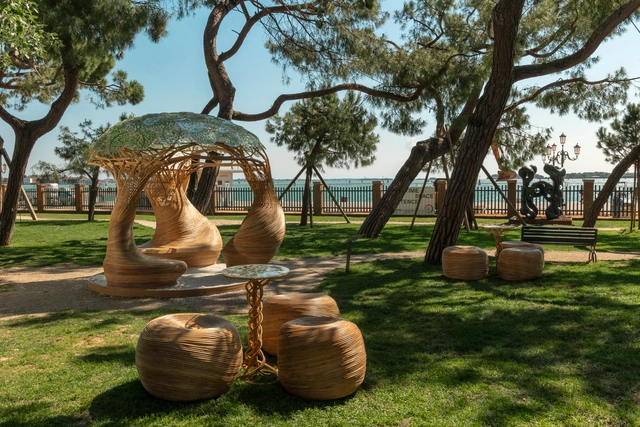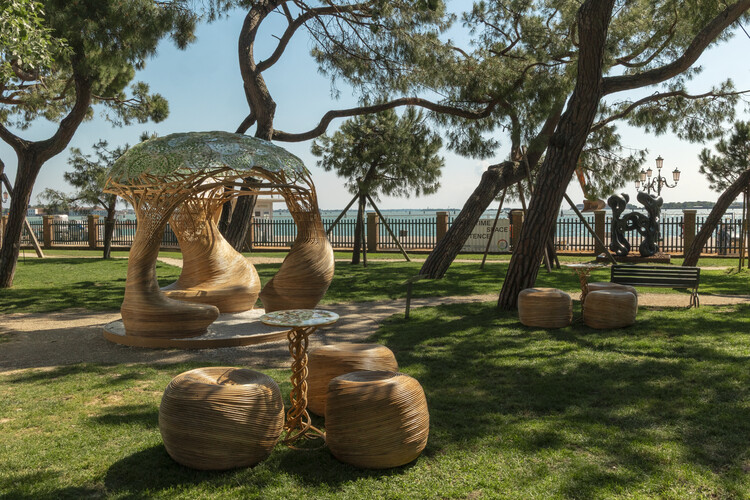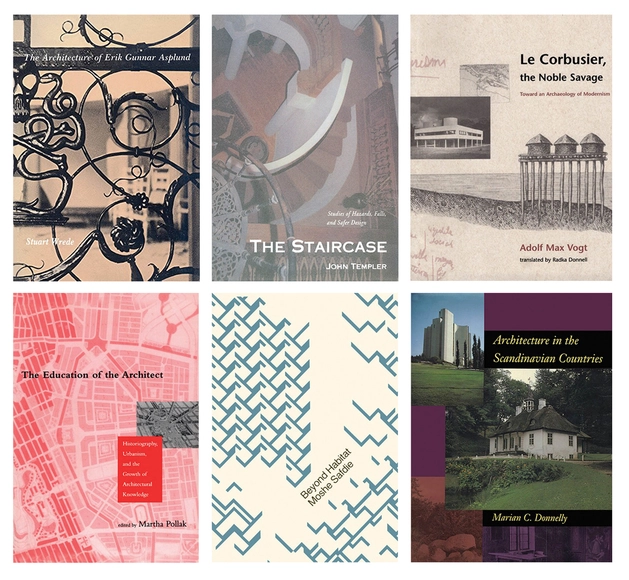
The 2025 edition of the European Cultural Centre's (ECC) Time Space Existence exhibition in Venice is guided by the mandate to "Repair, Regenerate, and Reuse." Aiming to move beyond surface-level solutions and overused terminology, the exhibition showcases a cohort of practitioners who interpret architecture as an active agent of repair. The most compelling works presented in Venice demonstrate that "repair" is a multifaceted practice, operating across material, social, and historical registers. The varied approaches showcase a shift in the role of the architect, from a master builder and designer of physical objects, to that of a mender, able to combine technology, community, and material intelligence to restore narratives and build stronger cultural systems.











![Old Town - [Railway Station] - Science Park Exhibitor Name: Ho-Ling CHANG, Li-Wen SUNG Exhibition Teams: AECOM︱hLc Architect + Li-Wen Sung. Image Courtesy of National Taiwan Museum of Fine Art 11 Collateral Events to Explore While Visiting the 2025 Venice Architecture Biennale - Imagem 4 de 4](https://images.adsttc.com/media/images/6819/c87c/2465/c901/894f/fafc/thumb_jpg/11-collateral-events-to-explore-while-visiting-the-2025-venice-architecture-biennale_1.jpg?1746520197)


















































